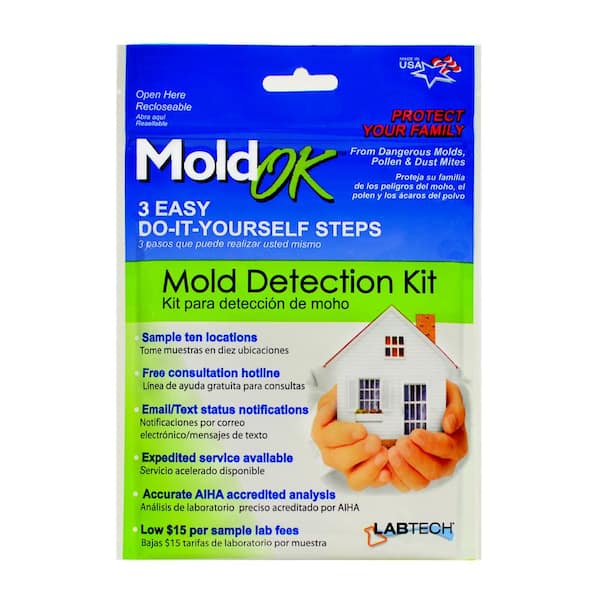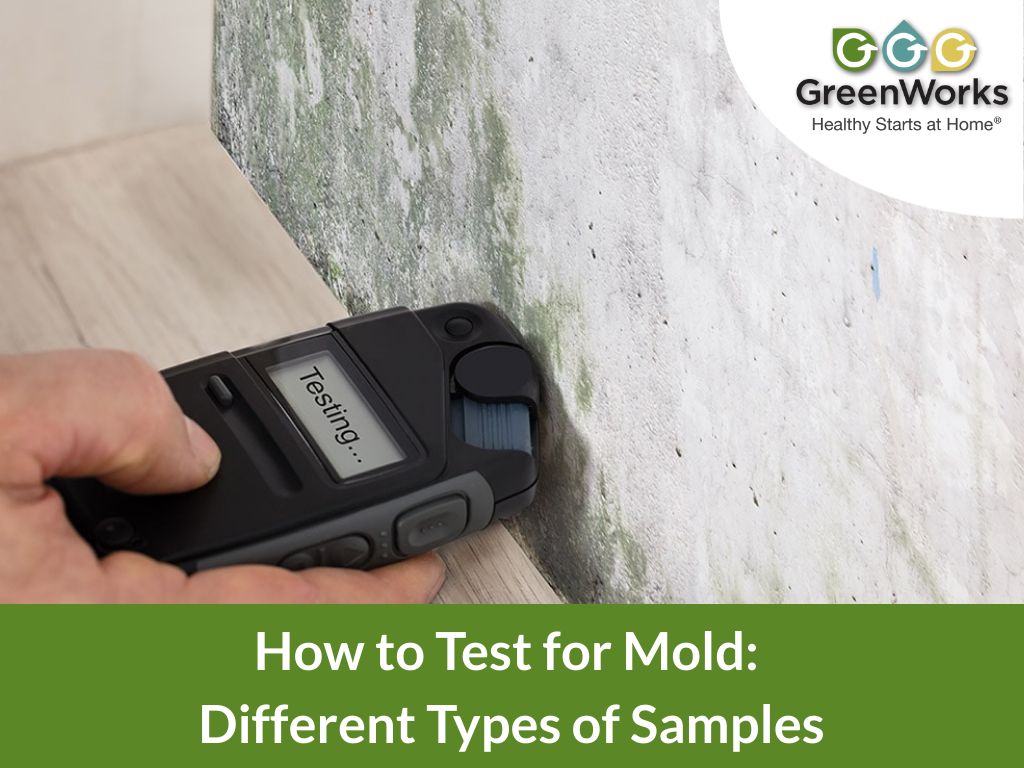Mycotoxin testing Services: Ensuring Quality and Safety in Your Supply Chain
Mycotoxin testing Services: Ensuring Quality and Safety in Your Supply Chain
Blog Article
How Mycotoxin Testing Assists Stop Contamination and Guard Food Products

Mycotoxin screening is an important method in the food market, functioning as a frontline defense versus contamination by dangerous toxic substances produced by mold and mildews. Via the application of advanced techniques like High-Performance Fluid Chromatography (HPLC) and Fluid Chromatography-Mass Spectrometry (LC-MS), food producers can properly measure and identify mycotoxin degrees in agricultural items. This positive approach not just guarantees conformity with rigid security policies yet likewise mitigates wellness dangers to customers. Regular screening strengthens brand online reputation and monetary wellness by decreasing contamination-related cases. So, how specifically do these testing procedures integrate into the more comprehensive food safety method?
Recognizing Mycotoxins
Comprehending mycotoxins starts with acknowledging that they are hazardous additional metabolites created by specific molds, which can contaminate farming items. These metabolites are not important for the growth or reproduction of the fungis however can have serious ramifications for human and animal health. Mycotoxins are typically found in staple crops such as corn, wheat, barley, and nuts, where they can multiply under specific conditions of moisture and temperature.
There are numerous kinds of mycotoxins, each created by different fungal species. Aflatoxins, produced by Aspergillus varieties, are among the most well-known, recognized for their carcinogenic properties. One more substantial team includes ochratoxins, produced by Aspergillus and Penicillium varieties, which have nephrotoxic impacts. Fusarium species generate fumonisins and trichothecenes, both of which are related to different severe and chronic wellness problems.

Dangers of Mycotoxin Contamination
The threats of mycotoxin contamination are multifaceted, posturing considerable threats to both food security and public health. Mycotoxins, hazardous compounds created by specific types of fungi, can contaminate a large array of agricultural products consisting of grains, nuts, spices, dried out fruits, and coffee.
Financial effects are another major problem. Polluted plants can result in considerable economic losses for farmers and food producers because of lowered yields and the requirement for pricey purification measures. Worldwide profession can be significantly hindered as countries implement stringent mycotoxin guidelines to protect their populations, leading to declined shipments and strained trade connections.
Ecological variables such as environment change exacerbate the risk of mycotoxin contamination. Variations in temperature and humidity can create desirable problems for fungal development, raising the chance of contamination occasions. Hence, understanding and minimizing these threats are critical for making sure the safety and integrity of global food supplies.
Methods of Mycotoxin Testing
Properly recognizing mycotoxin contamination in farming items is essential for safeguarding public health and keeping food safety and security requirements. Different methods are employed to detect and evaluate mycotoxins, each offering certain benefits and constraints.
High-Performance Liquid Chromatography (HPLC) is a widely made use of technique because of its high sensitivity and accuracy. It includes separating mycotoxins from various other compounds in an example, making it possible for exact metrology. Fluid Chromatography-Mass Spectrometry (LC-MS) incorporates liquid chromatography with mass spectrometry to give in-depth molecular information, making it particularly valuable for determining multiple mycotoxins concurrently.

Gas Chromatography-Mass Spectrometry (GC-MS) and Thin-Layer Chromatography (TLC) are also used, each with one-of-a-kind applications. GC-MS works for unpredictable mycotoxins, while tender loving care provides an easier, cost-efficient option for preliminary screening.
Benefits of Normal Examining
Normal testing for mycotoxins in agricultural products offers countless advantages, dramatically adding to public health like it and wellness and food safety. By recognizing contamination early, routine testing helps protect against the distribution of hazardous foods, thus decreasing the risk of mycotoxin-related illnesses amongst consumers. This aggressive technique not only safeguards human wellness however also improves the overall top quality of food materials.
Different countries and areas have actually developed stringent limitations for mycotoxin degrees in food and feed. Adhering to these limitations with normal testing guarantees that suppliers and producers fulfill lawful standards, consequently staying clear of fines and trade barriers.
Additionally, routine mycotoxin screening can cause substantial economic benefits. Early detection of contamination permits prompt treatment, lowering possible losses from widespread contamination. Executing routine screening procedures can likewise lessen recall prices and relevant liabilities, this post which can be monetarily devastating.
Furthermore, regular testing offers important data that can inform better agricultural techniques and storage space problems. By comprehending patterns of contamination, producers can embrace safety nets, therefore lowering future threats and contributing to the sustainability of the food supply chain.
Implementing Evaluating Procedures
Executing effective mycotoxin screening methods is critical for ensuring the safety and security and top quality of agricultural products. Establishing a robust screening structure includes multiple vital actions, starting with the recognition of prospective contamination points within the manufacturing and supply chain. This consists of pre-harvest, post-harvest, storage, and circulation stages. Each phase has to be inspected to identify where mycotoxin contamination is most likely to happen.
As soon as important control points are recognized, choosing proper testing approaches is essential. Typical methods consist of enzyme-linked immunosorbent assay (ELISA), high-performance fluid chromatography (HPLC), and mass spectrometry (MS) Each method has its strengths and weaknesses; hence, picking the correct one relies on the specific mycotoxin being evaluated, the needed sensitivity, and readily available resources.

Last but not least, integrating the screening procedures into a thorough food security monitoring system is a good idea. This enhances traceability and makes it possible for swift rehabilitative actions when contamination is detected, thus protecting the integrity of the food supply chain.
Final Thought
Mycotoxin testing is necessary in avoiding contamination and guarding food materials by making it possible for early discovery of harmful toxic substances generated by molds in farming items. Advanced methods such as HPLC and LC-MS make certain compliance with security laws and safeguard customers from wellness risks. Routine screening enhances brand track record, economic stability, and rely on food safety and security by reducing contamination-related losses and preserving high criteria in food manufacturing. Implementing extensive screening protocols is therefore essential for the market's general health.
Mycotoxin screening is an important method in the food market, serving as a frontline defense against contamination by damaging toxic substances produced by molds. An integrated technique involving farming techniques, storage space monitoring, and normal testing can mitigate the threats linked with mycotoxin contamination, ensuring food safety and security and public wellness.
The risks of mycotoxin contamination are multifaceted, posturing substantial hazards to both food security and public health.Regular screening for mycotoxins in agricultural products supplies many benefits, significantly adding to public health and wellness and food safety.Mycotoxin screening is necessary in stopping contamination and protecting food supplies by making it possible for very early detection of unsafe toxic substances produced by mold and mildews in agricultural items.
Report this page